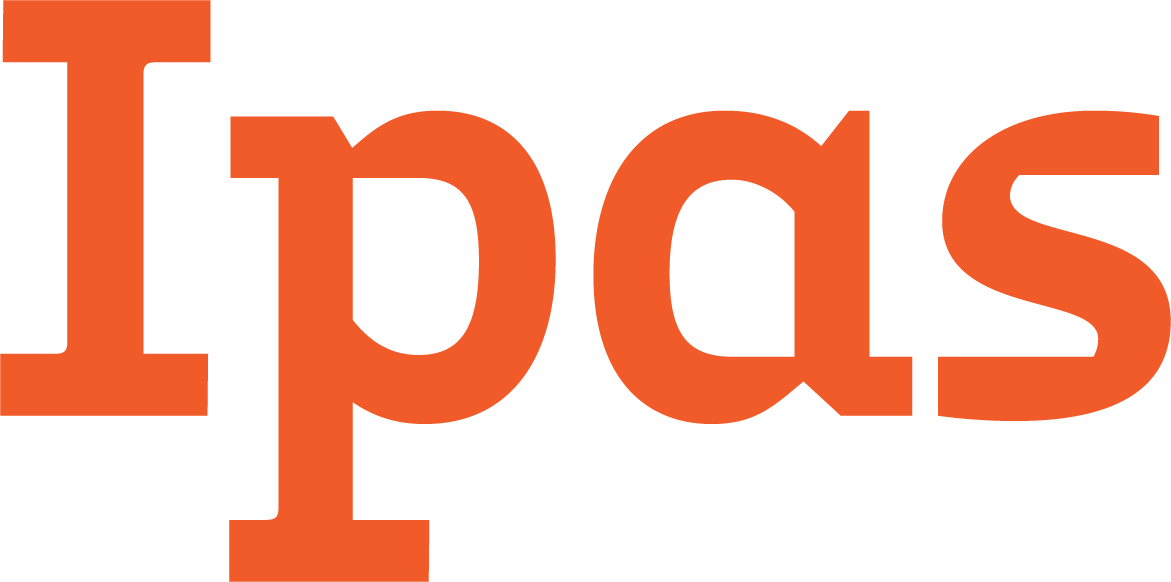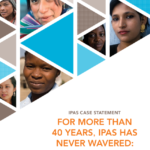
With the goal of reducing deaths and injuries from unsafe abortion, Ipas works in collaboration with Myanmar’s Ministry of Health (MOH) and Department of Public Health (DOPH) to improve the quality of postabortion care available to women in public health facilities.
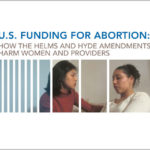
This report, produced by Ipas and Ibis Reproductive Health, is the first inclusive report on how the Helms and Hyde Amendments harm access to abortion. It highlights the ways in which the Amendments violate human rights, impose barriers on access to safe abortion for women and young women, and tie the hands of the health-care providers who serve them.
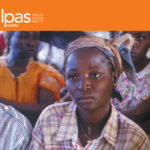
This fact sheet looks at the policy implications of a national abortion incidence study showing that, even though abortion is heavily restricted throughout Nigeria, 1.25 million Nigerian women had an abortion in 2012. The study found that almost all of the abortions were performed clandestinely, many by unskilled providers or using unsafe methods or both.
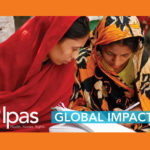
This four-page fact sheet describes the positive impact of Ipas’s global work to enhance women’s reproductive rights and their ability to prevent unintended pregnancy and to obtain safe abortion care. It outlines Ipas’s recent achievements in the following areas: training and support to health systems; partnering with community-based organizations, ministries of health and other health organizations; advocating for the liberalization of abortion laws and improved abortion policies; and conducting policy- and program-relevant research on abortion.
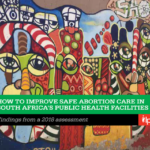
Despite the fact that abortion is legal in South Africa under a range of circumstances and available in public health facilities throughout the country, many women and girls continue to seek clandestine, unsafe abortions that put their health and lives at risk. To ensure well-informed program design and solid support and engagement from program stakeholders and beneficiaries, Ipas conducted a strategic assessment on abortion in Limpopo and Gauteng Provinces in 2018. Three factsheets contained here present recommendations and key findings compiled from various information-gathering methods used in our assessment.
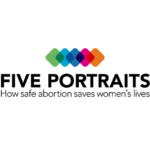
The stories presented here are based on real lives and real events. Each one represents thousands of women around the world whose lives Ipas works to improve. Our work is urgent: 44,000 women and girls die each year from unsafe abortions, and millions more suffer serious, often permanent injuries. But it doesn’t have to be this way. Ipas works globally to improve the sexual and reproductive health of women and girls by enhancing their access to safe abortion and contraceptive care.
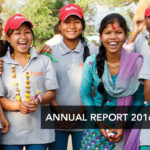
The 2016 annual report describes how Ipas works globally to improve the sexual and reproductive health of women and girls by enhancing their access to and use of safe abortion and contraceptive care. In 2016, almost 600,000 women received safe abortion care at Ipas-supported health facilities, and we reached more than 1.2 million people with information on safe abortion and how to access it. We also engaged with more than 400,000 people at the national, regional and global levels to build support for abortion rights and law reform.
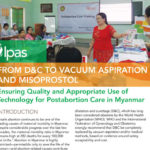
This technical brief describes Ipas’s work with the Myanmar Department of Public Health to update its national postabortion care guidelines to reflect WHO recommendations regarding uterine evacuation technologies. For the first time, PAC using medical methods (misoprostol) was included.
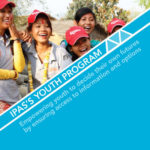
This publication is designed for use by Development staff in one-on-one fundraising with individual major gifts donors and family foundations. This case statement covers Ipas’s multi-faceted approach to youth work, with examples from how we work to advance youth abortion rights within the health, legal and social sectors.
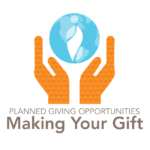

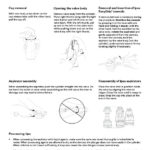
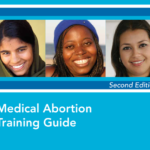
A set of guides and related resources providing up-to-date clinical information, activities and learning materials for trainers to use in helping health-care workers acquire the appropriate knowledge, attitudes and practical skills they need to provide first-trimester medical abortion. It includes two companion documents—the Medical Abortion Study Guide and Medical Abortion Training Guide. It also includes related multi-media materials: the Medical Abortion PowerPoint Presentation and the Medical Abortion Quiz Show PowerPoint Presentation and Flash Plug-in.
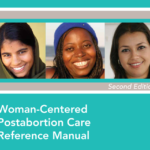
This manual is designed to prepare health-care workers to provide women with high-quality postabortion care services. It is useful for a broad audience—including clinicians, trainers, program managers and outreach workers. It provides in-depth clinical information on safe, effective options for first-trimester uterine evacuation and addresses broader service delivery and access issues, including the rights of young women, client-provider communication, and monitoring to improve services. It may be used for countries where there are no legal indications for induced abortion or where there are significant restrictions on induced abortion.
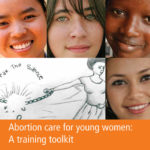
This publication supplements Abortion care for young women: A training toolkit. It modifies six values clarification and attitude transformation activities to focus specifically on young women and abortion.
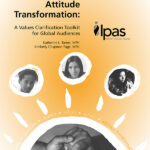
This toolkit is a resource for trainers, program managers and technical advisors who organize or facilitate training events and advocacy workshops in the field of sexual and reproductive health. It provides experienced trainers with the background information, materials, instructions, and tips necessary to effectively facilitate abortion values clarification and attitude transformation interventions.
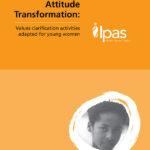
This publication supplements Abortion care for young women: A training toolkit (Ipas, 2013). It modifies six values clarification and attitude transformation activities to focus specifically on young women and abortion.

